I’m currently working on pattern recognition using SURF in OpenCV. What do I have so far: I’ve written a program in C# where I can select a source-image and a template which I want to find. After that I transfer both pictures into a C++-dll where I’ve implemented a program using the OpenCV-SURFdetector, which returns all the keypoints and matches back to my C#-program where I try to draw a rectangle around my matches.

Now my question: Is there a common measure of accuracy in pattern recognition? Like for example number of matches in proportion to the number of keypoints in the template? Or maybe the size-difference between my match-rectangle and the original size of the template-image? What are common parameters that are used to say if a match is a “real” and “good” match?
Edit: To make my question clearer. I have a bunch of matchpoints, that are already thresholded by minHessian and distance value. After that I draw something like a rectangle around my matchpoints as you can see in my picture. This is my MATCH. How can I tell now how good this match is? I'm already calculating angle, size and color differences between my now found match and my template. But I think that is much too vague.